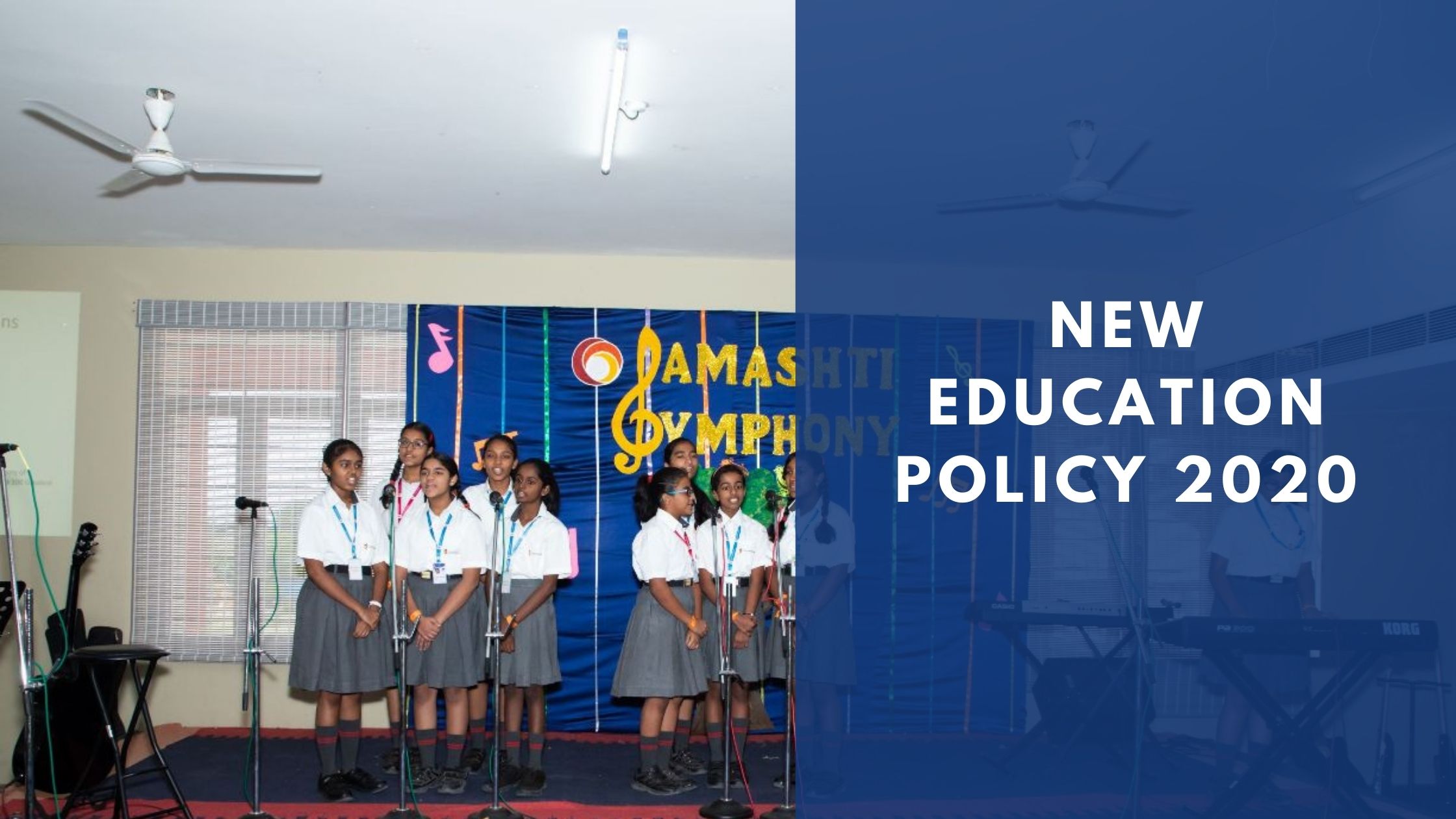08 Dec New Education Policy 2020 – A Student’s Perspective

2020 is indeed a year of change, isn’t it?
The biggest and most obvious differences are the quarantine and the introduction of online classes.
Speaking of online classes, there has also been a huge change in the education system in India. Shri Narendra Modi’s Government has announced a new education policy in July29. A National Education Policy, or as it is popularly called, NEP, is a framework that guides the development of education in the country.
The last NEP which was announced was back in 1986, when Shri P.V. Narasimha Rao was the Prime Minister. One of the main changes that it had brought was the University Grant Commission (UGC) and the All India Council for Technical Education (AICTE) were taken down. The UGC granted funds for eligible colleges whereas the name of AICTE is self-explanatory.
Coming to school education, the main focus is on making Board Exams ‘easier’ and a reduction of syllabus for better retainment of core concepts. It has also been mandated that the students until Class 5 should be taught in their regional languages.
It is encouraging for teachers to take up a bilingual approach.
However, this applies to the Government schools.
It is unlikely that private schools will have to take this up as well. Apart from this, it has also been mandated that the students will have 10 ‘bag-less’ days during which they are taught a vocational subject of their choice.
Here at Samashti, vocational activities take place every week under ‘Work Education’. During the ‘Work Education’ period, students are divided into groups. Each group takes up one activity such as cooking, electrical gadget maintenance, media lab, interior designing, etc. for a month. The groups goes through these activities on a rotational basis.
Additionally, one of the most significant changes to occur is the change from the 10+2 structure to the 5+3+3+4 structure.
In the new structure, the numbers correspond to the age groups. They are : 3-8 (Foundational), 8-11 (Preparatory), 11-14 (Middle), and1 4-18 (Secondary). Each stage aims to achieve a certain goal and will help in the transition to the next phase.
The current Government of India brought these changes in hopes of making India a ‘Global Technological Super Power’. This goal is a very crucial one for India.
If this is achieved, it will accelerate India’s development going into the future.


No Comments